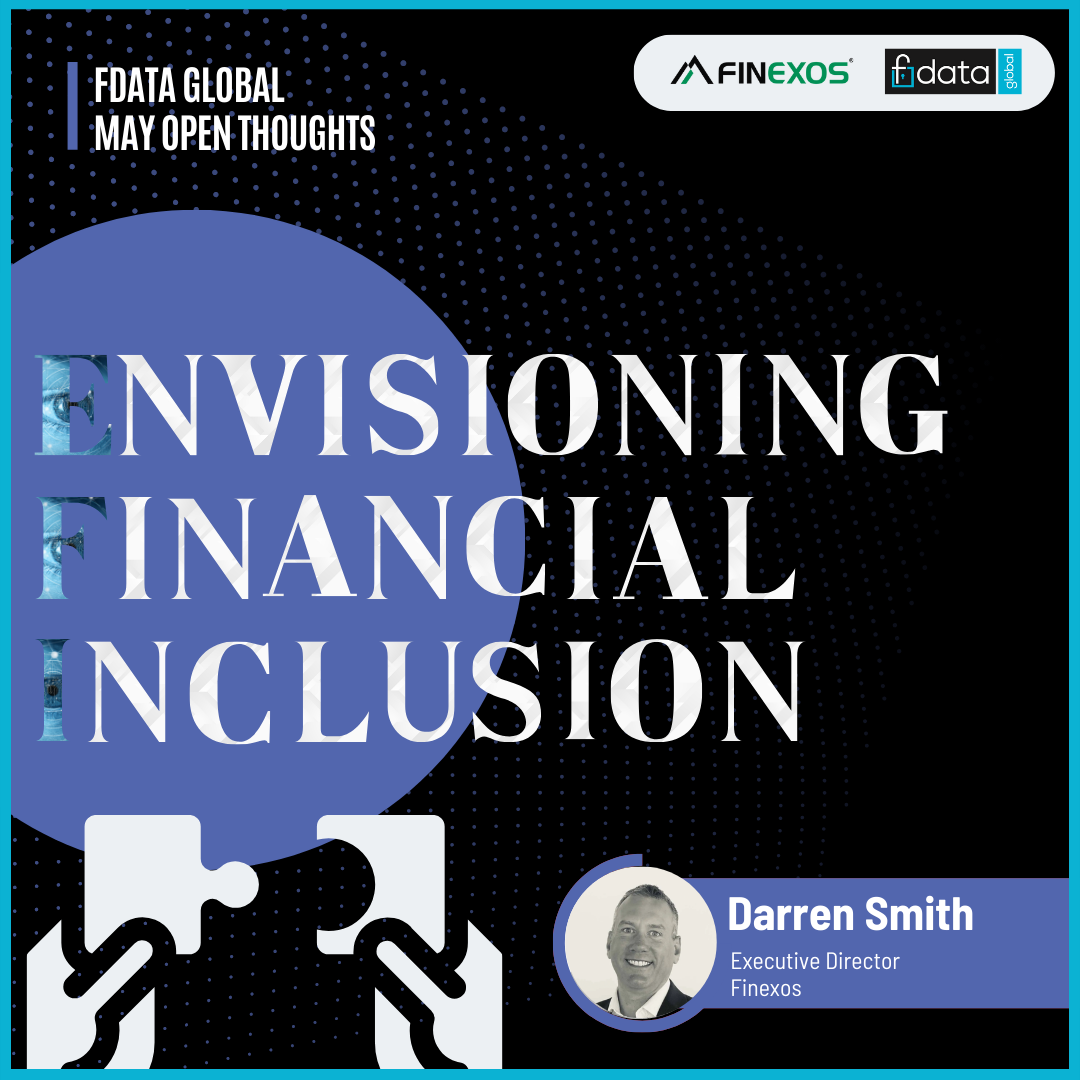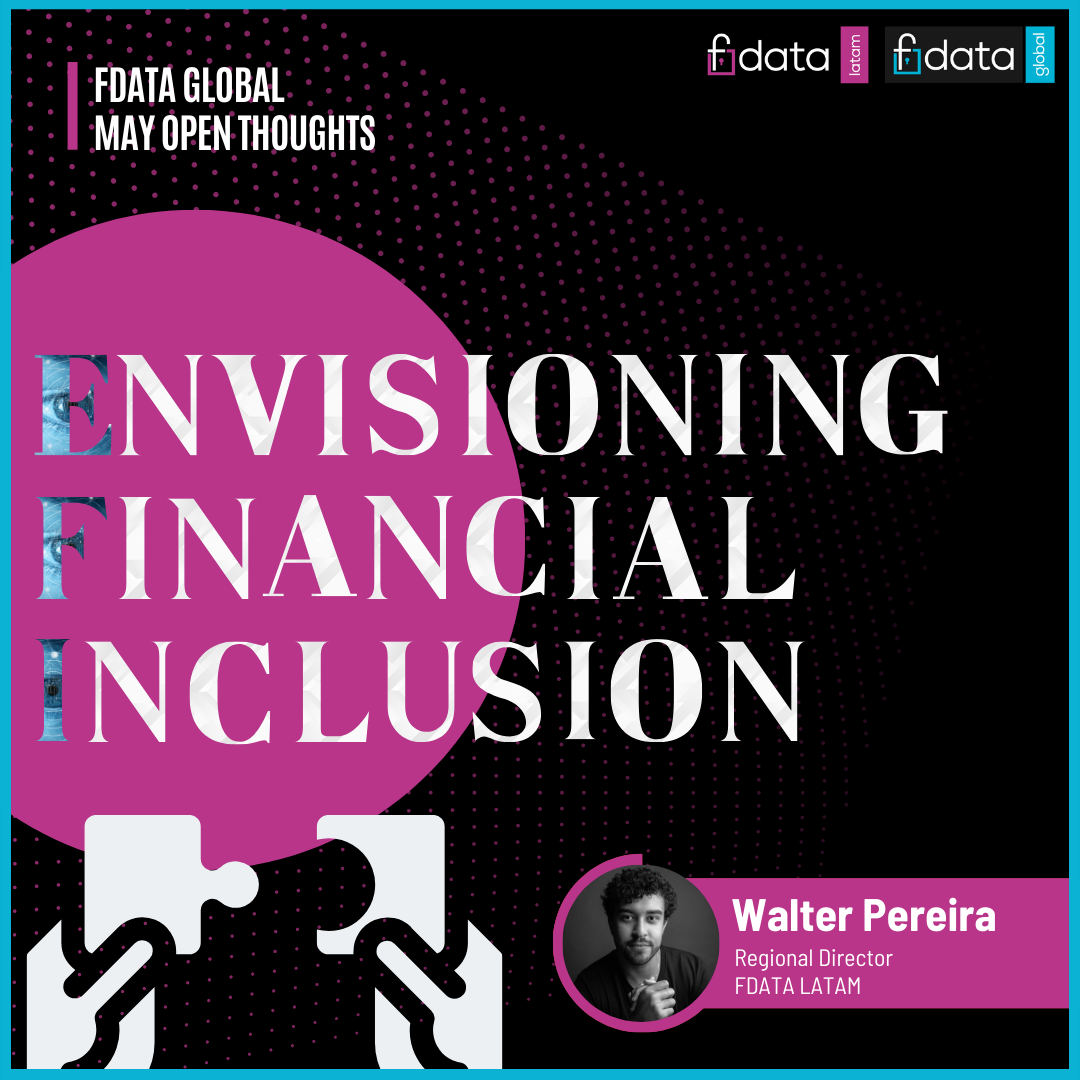Financial inclusion remains a global challenge, with millions lacking access to vital financial services. Yet, within this challenge, lies an opportunity for innovation and collaboration. At Ozone API, we see open banking as pivotal in fostering financial inclusion worldwide. And it’s not just us that thinks so. A number of regulators are putting financial inclusion objectives at the heart of open banking and open finance frameworks. Done well it can create the right conditions to drive significant societal impact. Regulations must however be defined in a way that balances innovation with consumer protection and data privacy.
Put simply, open banking helps to remove some of the very real and significant barriers to financial inclusion. Through access to customer permissioned data, lenders can make more informed decisions, enabling previously excluded groups to get access to credit. It also creates the conditions which allow innovative providers to more effectively target underserved segments. Combining their specialist sector focus with the power of traditional banking and using partnerships to drive better solutions. And finally it helps reduce the cost and friction of payments, ensuring digital payment solutions can spread to more parts of society.
Open banking revolutionises access to banking services, especially in regions like Latin America where cash transactions dominate due to high card payment costs and traditional credit bureaus lack insight into large sections of the population. Additionally, open banking addresses credit history challenges, enabling rapid credit profile building for gig workers in regions like the Middle East. This unlocks access to financial services and empowers individuals to achieve financial goals.
Cross-border collaboration and data sharing among regulators are key to the future of financial inclusion. Enabling consent-based access across jurisdictions allows individuals to use their open banking-based credit history globally, though challenges like regulatory alignment and data privacy persist.
Timely regulatory interventions are crucial to accelerate financial inclusion. Prioritising regulations, facilitating data sharing, promoting interoperability, and safeguarding consumer rights will foster an inclusive environment that encourages innovation and expands financial access for all.
Technologies like open banking, digital payments, and blockchain propel financial inclusion by lowering costs and improving access to credit. Conversely, technologies exacerbating exclusion, such as restrictive data practices, must be re-evaluated to align with inclusivity and affordability principles.
In conclusion, advancing financial inclusion demands collective efforts from stakeholders. At Ozone API, we’re committed to leveraging our expertise, our technology and partnerships to drive change and create a more inclusive financial future for all. Specifically, we help regulators develop the rules and standards needed to enable a secure open finance ecosystem. We also provide robust, proven open finance infrastructure to banks and financial institutions, to reduce the time and cost of implementation, thereby speeding up the benefits of addressing critical challenges such as financial inclusion.
Huw Davies
Co-founder & Co-CEO of Ozone API an FDATA Global Member















